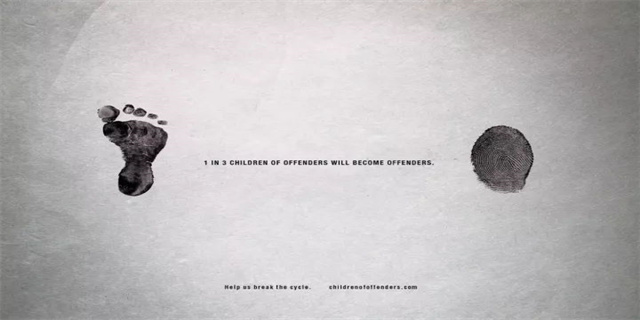borderstyle(Border Style in HTML)

Border Style in HTML
Introduction to Border Style
When it comes to designing and styling web pages, borders play a significant role in defining the structure and layout of various elements. In HTML, border style is an essential attribute that allows web developers to customize and enhance the appearance of elements such as divs, tables, images, and more. By applying different border styles, colors, and sizes, you can create visually appealing and attractive websites. In this article, we will explore the different border styles available in HTML and how to use them effectively.
Understanding Border Style Attributes

HTML provides several border style attributes that enable you to define the appearance of borders around elements on a web page. These attributes include:
- border-style: Specifies the style of the border
- border-color: Sets the color of the border
- border-width: Determines the width of the border
- border-radius: Creates rounded corners for the border
Let's explore each of these attributes in detail:

1. border-style
The border-style attribute allows you to define the style of the border. Here are some commonly used styles:

none: No border is displayedsolid: A solid, continuous line is displayeddotted: The border is displayed as a series of dotsdashed: The border is displayed as a series of short dashesdouble: Two parallel lines are displayedgroove: The border appears to be carved into the pageridge: The border appears as if it is raised off the pageinset: The border appears to be embedded into the pageoutset: The border appears as if it is coming out of the page
By combining the border-style attribute with other border attributes such as color and width, you can create visually appealing borders that enhance the design of your webpage.
2. border-color
The border-color attribute enables you to set the color of the border. You can specify the color using various formats such as hex codes, RGB values, or color names. For example, to set the border color to red, you can use border-color: #FF0000;. By selecting appropriate colors, you can create borders that match the overall color scheme of your webpage and ensure consistency in design.
3. border-width
The border-width attribute is used to determine the width of the border. You can specify values in pixels, percentage, or using keywords such as thin, medium, and thick. For example, border-width: 2px; will set the border width to 2 pixels. Adjusting the border width allows you to create borders of different thicknesses and visual impact.
4. border-radius
The border-radius attribute allows you to create rounded corners for the border. By specifying a value in pixels or percentage, you can define the degree of curvature. This property is particularly useful for designing stylish and modern websites.
Utilizing Border Style in Web Design
Now that we have gained an understanding of the different border style attributes in HTML, let's explore some practical use cases:
1. Creating Div Containers
Using border style attributes, you can create visually appealing div containers that separate and organize various sections of your webpage. By applying a border style, color, and width to the div elements, you can establish a clear visual hierarchy and enhance the overall user experience.
2. Styling Tables
HTML tables can be enhanced by incorporating border style attributes. Border styles allow you to add borders to table cells, rows, and columns, making them visually distinct. By selecting appropriate colors and thicknesses, you can create tables that are aesthetically pleasing and easy to read.
3. Image Borders
Using border style attributes, you can add borders to images on your webpage. This can be particularly useful when you want to highlight or emphasize certain images. By selecting an appropriate border style and color, you can draw attention to the images and make them stand out.
Conclusion
Borders are an essential component of web design, and HTML provides a range of border style attributes that allow you to customize and enhance the appearance of your webpage. By using attributes such as border-style, border-color, border-width, and border-radius, you can create visually appealing borders that align with your overall design scheme. Experiment with different border styles, colors, and sizes to achieve the desired look and feel for your website.









